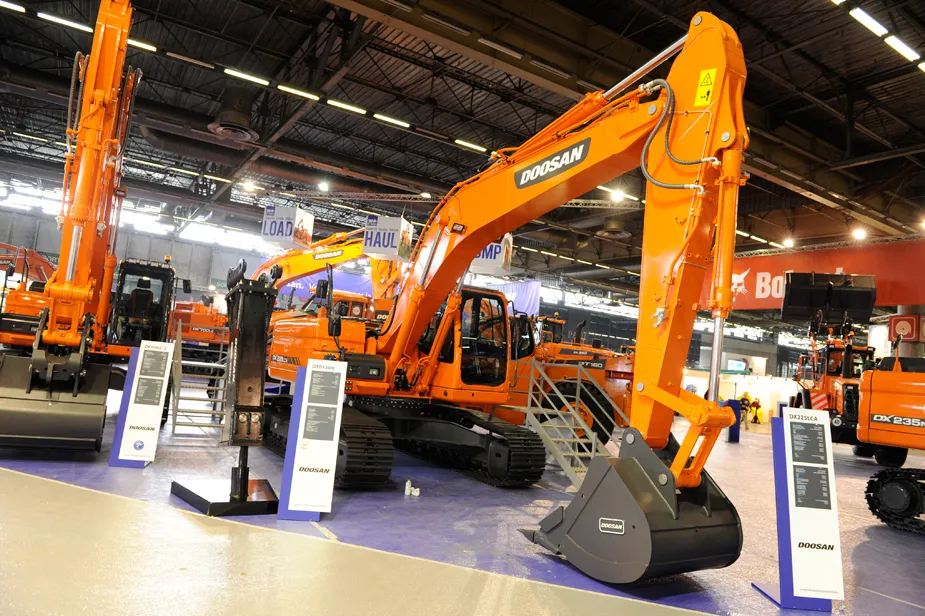On 5 December, 2008 Britain’s motorway network celebrated its 50th anniversary, and to mark the occasion the Road Users’ Alliance (RUA) published ‘50 Years of Motorways,’ which claims that from a slow and modest start (over 30 years behind its European neighbours) the UK network has never managed to catch up. According to the publication, in the 1960s and early 1970s motorways were viewed as a route to renewal and prosperity. The network made some headway and grew to 2,500km; it crawled a further 1,000km ov
July 6, 2012
Read time: 2 mins
On 5 December, 2008 Britain’s motorway network celebrated its 50th anniversary, and to mark the occasion the 6115 Road Users’ Alliance (RUA) published ‘50 Years of Motorways,’ which claims that from a slow and modest start (over 30 years behind its European neighbours) the UK network has never managed to catch up.
According to the publication, in the 1960s and early 1970s motorways were viewed as a route to renewal and prosperity. The network made some headway and grew to 2,500km; it crawled a further 1,000km over the next 20 years and has stalled at 3,500km for the past decade.
Although capacity has been neglected since 1976 motorway traffic has more than doubled; road freight has soared and vehicles vying for lane space suffer chronic congestion at times of peak use, spilling on to less appropriate regional roads and routes through towns and villages.
As the government plans to bring forward road projects to breathe life into the economy, Tim Green, director Road Users’ Alliance points out that it is reverting to a fundamental principle for generating wealth.
“Roads are the arteries that feed the economy and permit us to compete with the rest of Europe. As a boost to the process of getting Britain back on its feet the Chancellor’s announcement is welcome recognition of the importance of our road network, but it represents too little too late.
“At stake is the recovery of the British economy and its future growth in the face of global competition. Providing additional capacity will also reduce the emissions caused by gridlock and improve safety.”
‘50 Years of Motorways’ is available for download at %$Linker:External 0 0 0 oLinkExternal www.rua.org.uk Road file false http://rua.org.uk/ false false %> along with Road File 2008/09 which contains the most current information on the UK’s road network. The background paper ‘What Pattern of Motorway Network is Needed’ is also available at %$Linker: External 0 0 0 oLinkExternal www.racfoundation.org RAC foundation false http://racfoundation.org%20/ false false %>
According to the publication, in the 1960s and early 1970s motorways were viewed as a route to renewal and prosperity. The network made some headway and grew to 2,500km; it crawled a further 1,000km over the next 20 years and has stalled at 3,500km for the past decade.
Although capacity has been neglected since 1976 motorway traffic has more than doubled; road freight has soared and vehicles vying for lane space suffer chronic congestion at times of peak use, spilling on to less appropriate regional roads and routes through towns and villages.
As the government plans to bring forward road projects to breathe life into the economy, Tim Green, director Road Users’ Alliance points out that it is reverting to a fundamental principle for generating wealth.
“Roads are the arteries that feed the economy and permit us to compete with the rest of Europe. As a boost to the process of getting Britain back on its feet the Chancellor’s announcement is welcome recognition of the importance of our road network, but it represents too little too late.
“At stake is the recovery of the British economy and its future growth in the face of global competition. Providing additional capacity will also reduce the emissions caused by gridlock and improve safety.”
‘50 Years of Motorways’ is available for download at %$Linker:







